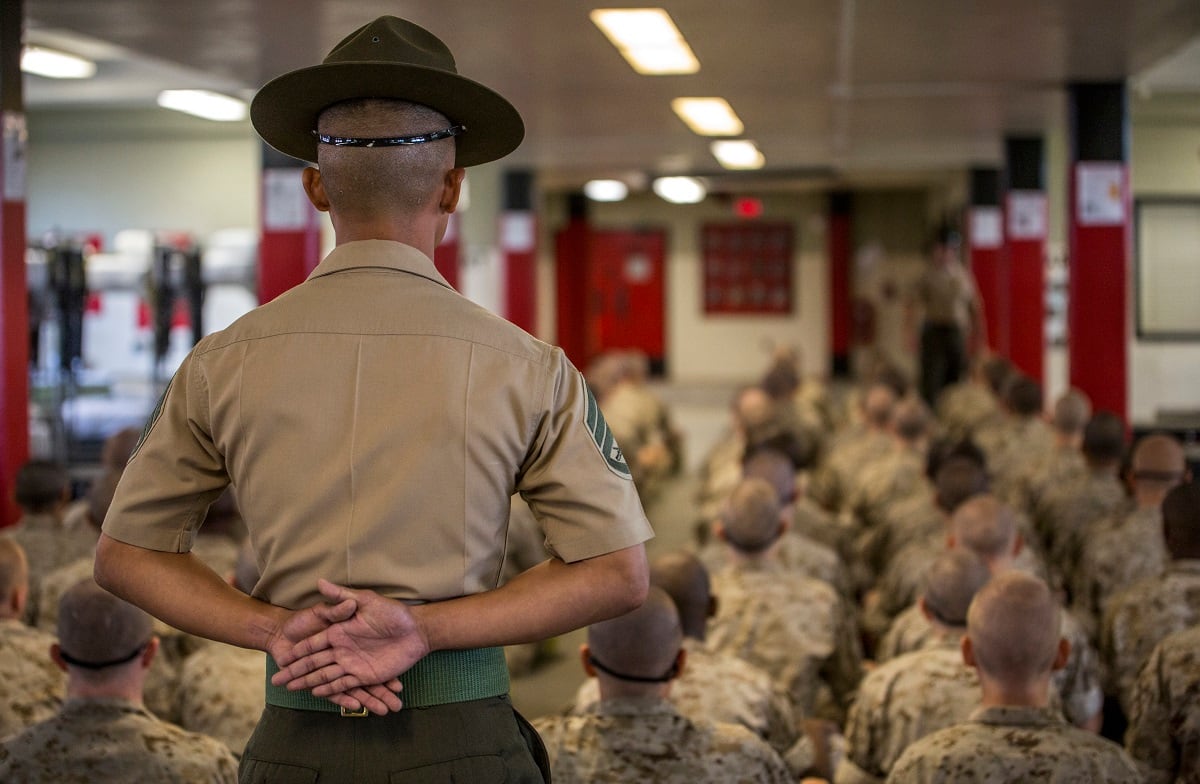Senate lawmakers backed plans for a 5.2% pay raise in their first draft of the annual defense authorization bill but held back on more aggressive plans to boost junior enlisted pay, opting instead to study the idea of higher base salaries for the lowest-paid service members.
Officials from the Senate Armed Services Committee unveiled their plans for the massive defense budget policy bill on Friday, following three days of mostly behind-the-scenes work on the legislation. It follows the House Armed Services Committee’s adoption of its own draft early Thursday morning, containing the same provisions for a 5.2% pay boost.
If that becomes law, service members would see their biggest pay raise in 22 years next January. Combined with the 2023 pay boost, troops could see their base salaries increased by almost 10% over a two-year span.
The Senate committee’s proposed $876.8 billion measure includes a host of military specialty pay and bonus reauthorizations, required annually for department recruiting and retention efforts. It also includes language similar to the House committee’s version to make housing stipend calculations more flexible, which in turn could give more money to troops for rent and mortgage costs.
RELATED

But the Senate did not back other provisions designed to help with junior enlisted pay, including one in the House draft that would provide monthly bonuses for troops E-6 and below to counter the effects of inflation.
They also eschewed House appropriators’ plans to overhaul the military pay tables, increasing some junior enlisted pay by up to 35%. That plan, approved by the House Appropriations Committee on Thursday, would move the base salary for the lowest-ranking troops from about $24,000 to around $31,000 next year.
Instead, the Senate committee’s plan calls for a full review of military pay rates, with an eye towards changes in coming years. Sen. Joni Ernst (R-Iowa), who authored the proposal, said the goal is to find a path forward on the cost and impact of increasing junior pay, and the most efficient ways to do that.
“Looking at the pay table now, it’s just criminal,” she said, referencing the low salaries of junior enlisted troops. “We could not get outright buy-in on increases now, but we need to bring everybody together on this.”
Ernst said she is confident if military officials present a report on potential pay table increases, “It’s just a matter of time before we increase it.”
On Wednesday, Sen. Elizabeth Warren (D-Mass.), chairwoman of the armed services committee’s personnel panel, said she believes the 5.2% pay raise will help with some of those junior financial issues, but said that boosts to child care coverage, medical care access and other quality of life programs may be more effective to help struggling military families than pay table changes.
President Joe Biden also recommended a 5.2% raise in his budget proposal earlier this year, as have House appropriators. The mark matches federal estimates for keeping military pay on pace with the raise in civilian wages in recent years.
Over the last 20 years, lawmakers have either matched or exceeded the administration’s requests on military pay boosts. Congress appears to be on track to do the same this year.
For an E-4 with three years in service, the 5.2% pay raise would mean about $1,700 more next year in take-home pay compared to 2023. For senior enlisted and junior officers, the hike equals about $3,000 more. For an O-4 with 12 years of service, it equates to more than $5,400 in extra pay in 2024.
Both chambers are expected to vote on their respective versions of the legislation later this summer, with negotiations on a final bill expected to begin before the fall. The authorization bill has been passed annually for 62 consecutive years, despite increasing partisan fighting on Capitol Hill.
Leo covers Congress, Veterans Affairs and the White House for Military Times. He has covered Washington, D.C. since 2004, focusing on military personnel and veterans policies. His work has earned numerous honors, including a 2009 Polk award, a 2010 National Headliner Award, the IAVA Leadership in Journalism award and the VFW News Media award.




